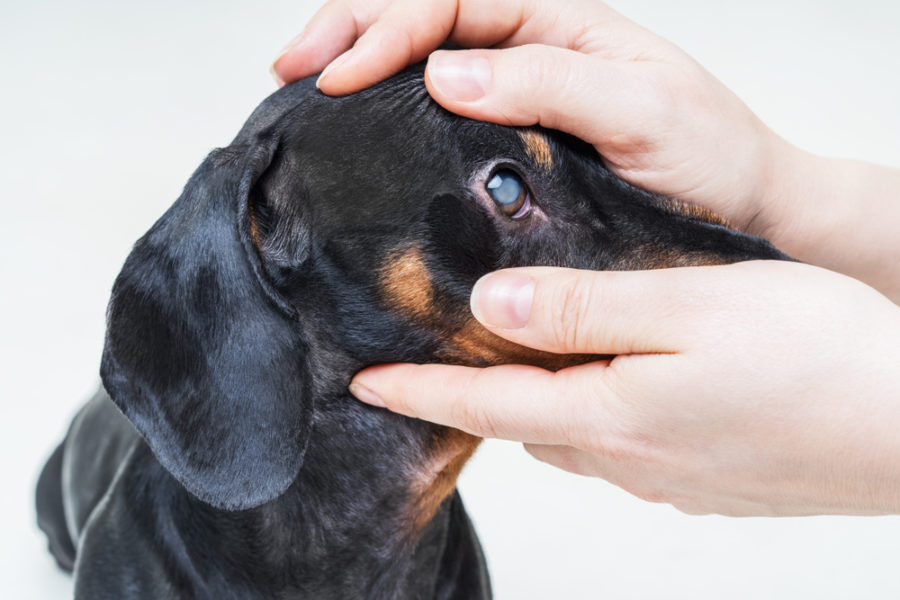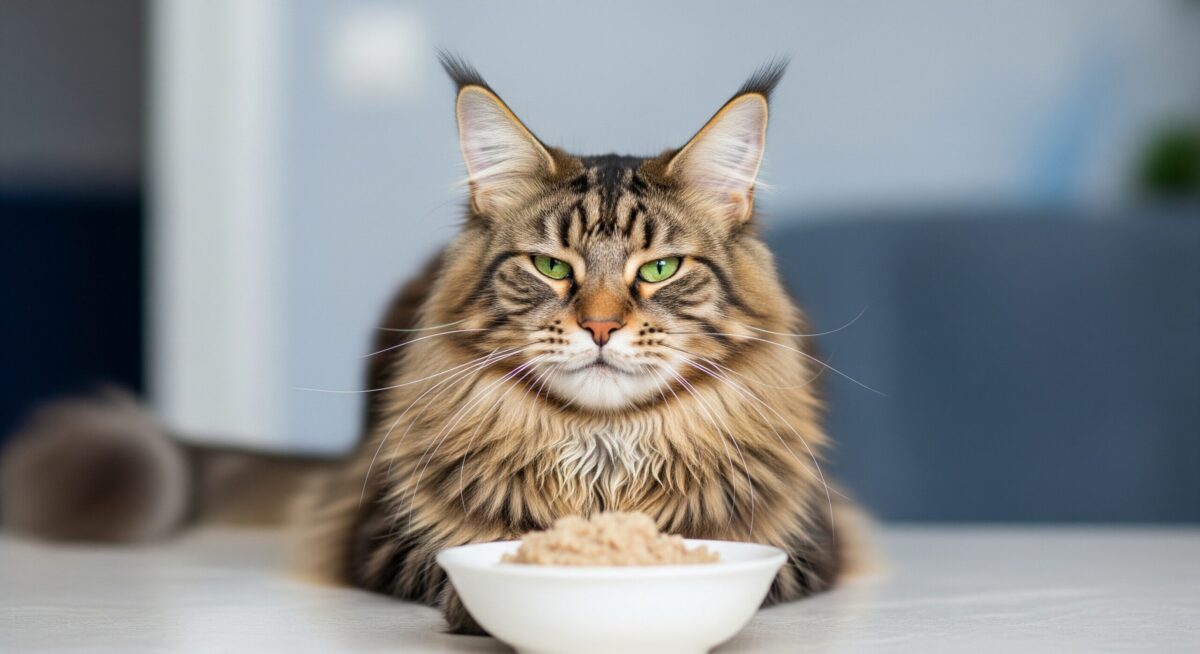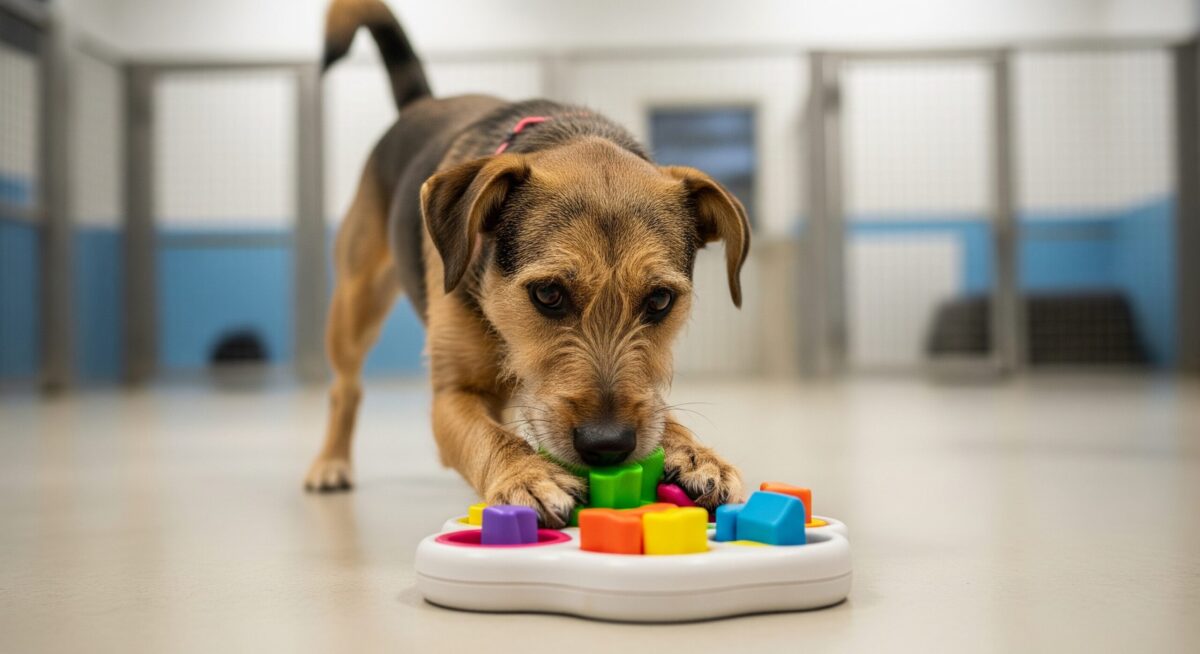Three-dimensional printing technology has emerged as a game-changer in the medical field, including veterinary medicine. This innovative method creates three-dimensional objects layer by layer using computer-generated designs. For veterinarians, this means the ability to produce custom models of animal organs or organ parts, paving the way for more personalized and effective treatments.
Biomaterials: The Building Blocks of Innovation
The success of 3D printing in veterinary applications relies heavily on the use of appropriate biomaterials. These materials, which include plastics, metals, and polymers, must be biocompatible and stable for long-term use. This blog post explores six key biomaterials that are making waves in veterinary medicine and ophthalmology.
Polycaprolactone
Polycaprolactone stands out for its suitability in replacing hard tissue defects. Its excellent tolerance in the eye makes it a promising candidate for ocular drug delivery devices. As veterinarians, we can consider this material for various applications, from orthopedic implants to innovative eye treatments.
Pluronic
Primarily used for bone tissue engineering, Pluronic also shows potential for drug delivery in ophthalmology. This dual functionality makes it an interesting material to watch in veterinary research and practice.
Silk
Silk’s versatility is evident in its use for composite osteogenic scaffolds and vascular grafts. In veterinary ophthalmology, it may soon find application in creating protective lenses for animals’ eyes.
Collagen
Collagen’s ability to produce bioengineered corneas offers exciting possibilities for improving the treatment of corneal ulcers in animals. This natural biomaterial closely mimics the eye’s structure, potentially leading to more effective and biocompatible treatments.
Alginate
Alginate’s applications span from cardiac and orthopedic procedures to various ocular delivery systems for corneal repair. Its versatility makes it a valuable tool in our veterinary toolkit, especially for complex cases involving multiple systems.
Hyaluronic Acid
While commonly used as a lubricant, hyaluronic acid’s potential as a regenerative scaffold during corneal healing processes opens up new avenues for treating eye injuries in our animal patients.
The Future of Veterinary Medicine: Personalized and Printed
As veterinarians, the integration of 3D printing and biomaterials into our practice offers exciting possibilities. From custom-made implants to innovative drug delivery systems, these technologies allow us to provide more tailored and effective treatments for our animal patients.
The ongoing research in this field, particularly in veterinary ophthalmology, is promising. The development of biocompatible soft contact lenses (SCLs) for drug delivery could revolutionize how we administer ophthalmic medications, increasing bioavailability and reducing systemic side effects.
As we move forward, it’s crucial to stay informed about these advancements. The future of veterinary medicine lies in personalized, printed solutions that can significantly improve animal welfare and treatment outcomes.








